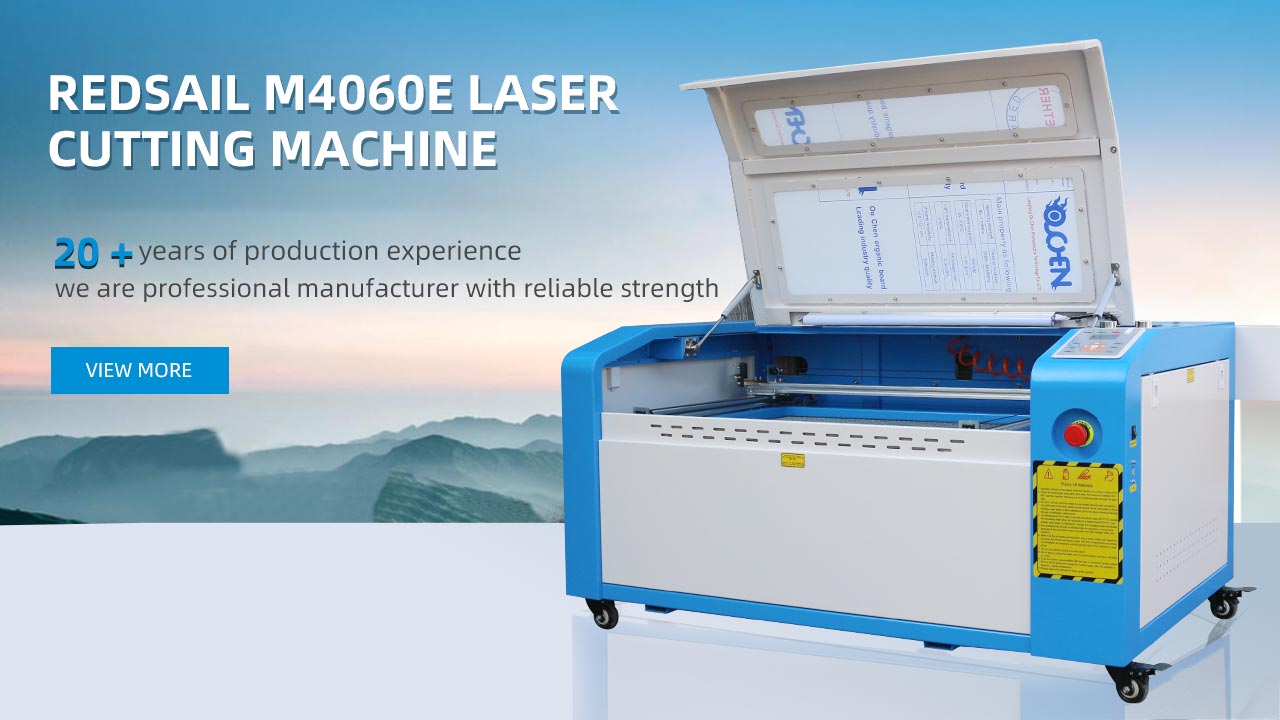Comparison of advantages between fiber laser cutting machine and CO2 laser cutting machine
Comparison from the structure of laser equipment
In carbon dioxide laser cutting technology, carbon dioxide gas is the medium that produces the laser beam. However, fiber lasers work via diodes and fiber optic cables. Fiber laser systems use multiple diode pumps to generate a laser beam, which is then delivered to the laser cutting head via a flexible fiber optic cable, rather than mirrors to deliver the beam. This has many advantages, starting with the cutting table size. Unlike gas laser technology, where mirrors must be set within a certain distance, fiber laser technology has no range limitation. And it is even possible to install the fiber laser next to the plasma cutting head of the plasma cutting table, which is not an option for CO2 laser cutting technology. Also, the ability to bend the fiber makes the system more compact when compared to an equivalent power gas cutting system.
From the conversion efficiency of electro-optic to compare
Probably the most important and meaningful advantage of fiber cleaving technology is its energy efficiency. With the complete solid-state digital module and single design of fiber laser, the fiber laser cutting system has a higher electro-optical conversion efficiency than carbon dioxide laser cutting. For each power unit of a CO2 cutting system, the actual typical utilization is about 8% to 10%. For fiber laser cutting systems, users can expect higher power efficiency, on the order of 25% to 30%. In other words, the overall energy consumption of the optical fiber cutting system is about 3 to 5 times less than that of the carbon dioxide cutting system, so that the energy efficiency is increased to more than 86%.
Compare from the cutting effect
Fiber lasers are characterized by short wavelengths, which increase the absorption of the beam by the material being cut, and enable the cutting of materials such as brass and copper as well as non-conductive materials. A more focused beam produces a smaller focal spot and a deeper depth of focus, so fiber lasers can cut thinner materials quickly and cut medium-thick materials more efficiently. When cutting materials up to 6mm thick, the cutting speed of a 1.5kW fiber laser cutting system is equivalent to that of a 3kW carbon dioxide laser cutting system. Because the operating costs of fiber cleaving are lower than the cost of common CO2 cleaving systems, this translates into increased output and lower business costs.
Comparison from maintenance cost
In terms of machine maintenance, fiber laser cutting is more environmentally friendly and convenient. The carbon dioxide gas laser system needs regular maintenance; the mirror needs maintenance and calibration, and the resonator needs regular maintenance. Fiber laser cutting solutions, on the other hand, require hardly any maintenance. The carbon dioxide laser cutting system needs carbon dioxide as the laser gas. Due to the purity of the carbon dioxide gas, the resonant cavity will be polluted and needs to be cleaned regularly. For a multi-kilowatt CO2 system, this would cost at least $20,000 per year. Additionally, many CO2 cuts require high-speed axial turbines to deliver the laser gas, and the turbines require maintenance and refurbishment.





